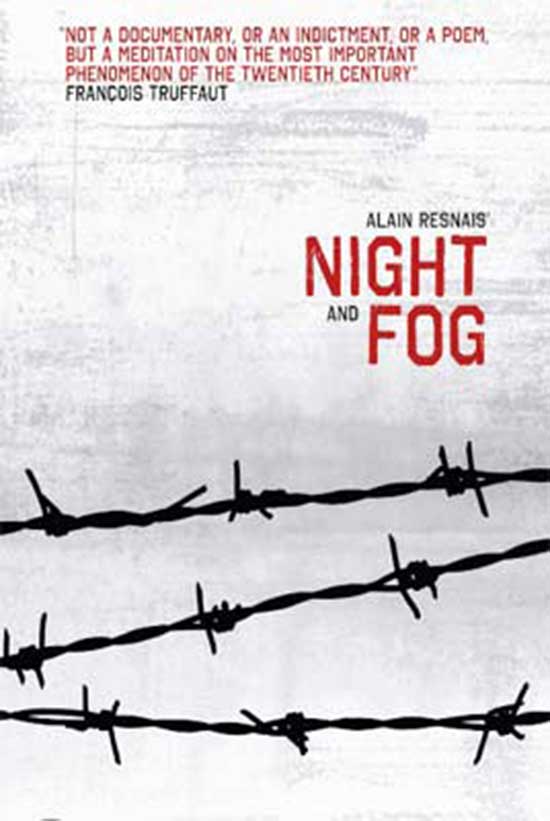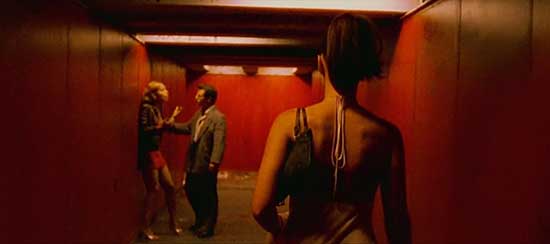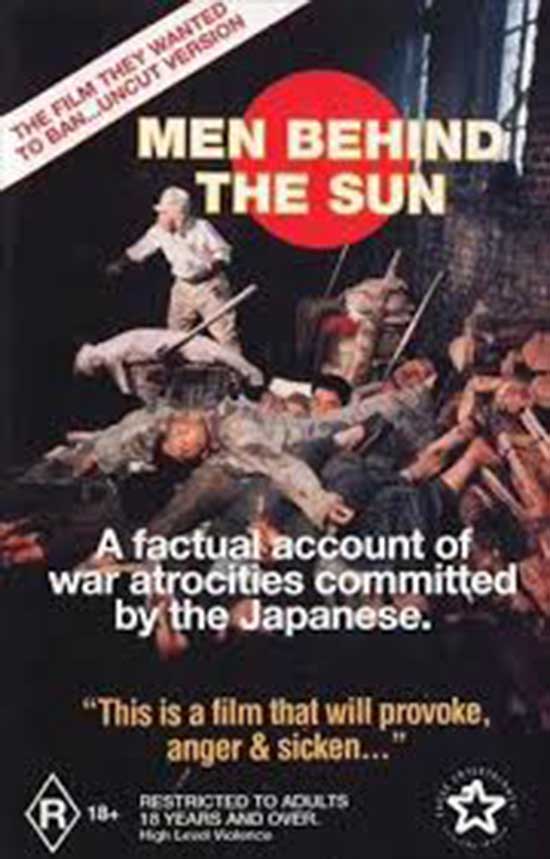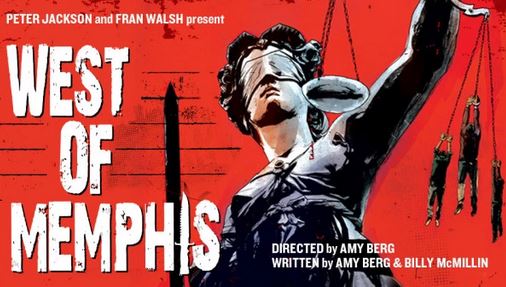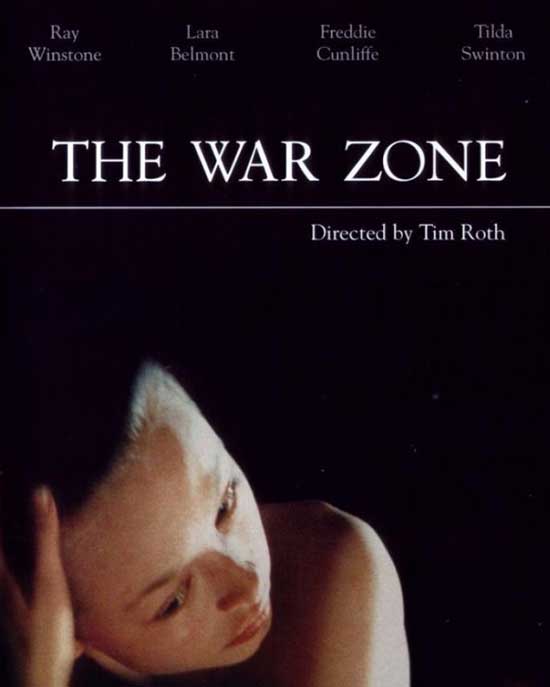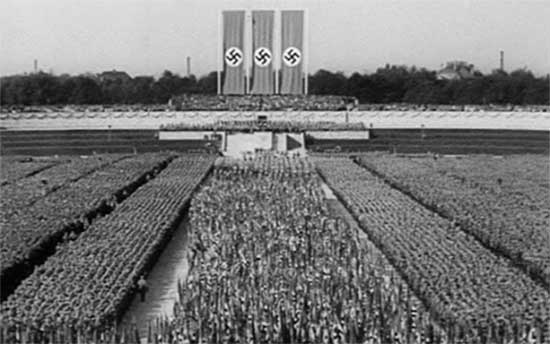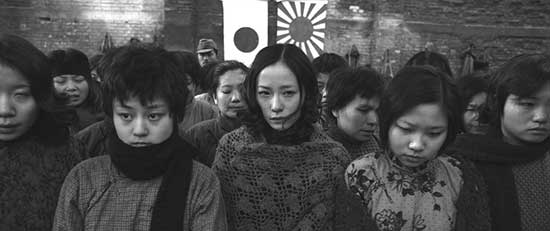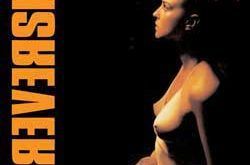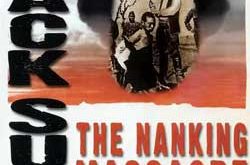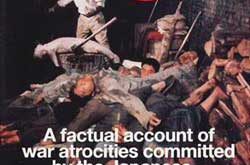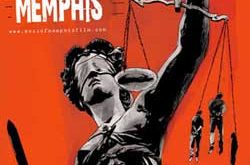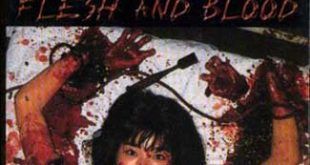When asked what’s the scariest horror film you have ever seen, I often struggle to answer. Firstly, it’s just simply difficult to remember any good films when put on a spot. It just seems that all the film knowledge I’ve accumulated just goes straight out of my head. Secondly, over the years, I have personally found that some of the scariest films out there are nothing to do with the horror genre, but instead can be found in the world of drama, documentary and war film. It’s in these genres where the real stuff of nightmares is created.
The main difference between these films and horror is that I will happily watch a good, scary horror film over and over again. In fact, I love nothing more than a film that manages to scare me again after the first viewing. However, most of the films mentioned on this list, I’m quite happy to never see again. They’re all great films with various different merits to their names, but with many of them, one viewing was more than enough to embed those images in my brain forever.
So next time you’re looking for something truly horrific to watch, perhaps consider looking outside the horror genre and give some of these titles a go.
Night and Fog (Nuit et brouillaird, 1956)
It seems only fitting to start this list with the only film that has ever given me actual nightmares. Directed by Alain Resnais in 1956, Night and Fog is a short documentary film on Nazi Germany’s final solution. Made 10 years after the liberation of the concentration camps, it combines hauntingly still and serene imagery of now abandoned camps (Auschwitz and Majdanek) with black and white archive footage of the horrors that went on. Even with its short running time of only 32 minutes, it’s an incredibly heavy film to watch. That said, if you’re looking for a good documentary on this particular subject, you would be hard pressed to find one better than Night and Fog. It does not dwell or overly sensationalize, just simply documents in a quiet way, making us all reflect on the horrors humanity is capable of. Undoubtedly still one of the most important films made about the holocaust.
Irreversible (Irréversible, 2002)
Gaspar Noé does love to shock, repulse and disturb his audiences. While there’s plenty to choose from when it comes to his filmography, it would be almost foolish to pass by Irreversible. It would be easy to bunch it up with rest of the film in the rape revenge genre, and as such it truly is one of the most horrifying ones out there. The scenes of brutal violence will most certainly stick in your mind for a long time to come. However, what truly makes it a cut above rest and really adds and extra layer of cruelty, is its storytelling techniques as well as the bewildering visuals. In the style of Memento (2000), the story is told from back to front. While I’m sure Irreversible would be just as horrific seen in a “normal” order, but seeing the characters start from a place of complete chaos and despair and then move on to normality of their mundane lives, somehow makes the whole thing worse. Even though the film ends in a seemingly happy note, it comes accompanied with real sense of loss and sadness. All of this is supported by the dizzying and increasingly more chaotic cinematography and extremely low-frequency sound that was put in place deliberately to induce nausea and anxiety in the audience. I’ve only seen it twice and have no real need to see it again, but would still recommend it to others. It’s definitely one of a kind experience.
The Celebration (Festen, 1998)
Slightly different from the rest of the films on this list, The Celebration is not horrific in the sense of shock value or gruesome imagery. Instead this Danish film directed by Thomas Vinterberg, will weave its way into your subconscious with its palpably awkward atmosphere. The Celebration set during 60th birthday party of Helge, the family patriarch. As the celebrations go on, some rather sinister home truths about the family’s and especially the birthday boys past start to come a light. The film was made as a part of the Dogme 95 movement, started in 1995 by Lars Von Trier and Vinterberg in 1995. The values of the said movement were not to relay on elaborate special effects and technology, but create films focused on story, acting and theme. This also meant no professional movie make-up or artificial lighting, all of which very much helps The Celebration to be the film that it is. Had it been more stylized, it would have surely lost some of its intensity. As it stands, the ugly truth of this family’s past will reveal itself to you in a very honest and authentic manner, making it a deliciously uncomfortable watch.
Men Behind the Sun (Hei tai yang 731, 1988)
One of the most notorious torture films of all time, Men Behind the Sun is a graphic depiction of Japanese war crimes committed in the infamous Unit 731 during the second world war. The film is not only known for the graphic violence, but more notably for the fact that it features a real life autopsy. It is often classified as exploitation/horror film and as such was a subject to major controversy all over the world (including being banned in Australia), despite the fact that the film’s director T.F. Mous insisted it being an “educational film” about the atrocities committed by the Japanese and that he simply wished to educate the public about what went on in the Unit 731. However, because of the unrelenting nature of the film, it’s very difficult to see it as anything but exploitation and if it was made today, I have no doubt in my mind that it would be labeled as straight up torture porn. That’s not to say it’s in any way comparable to likes of Hostel or The Human Centipede. With its base in reality, Men Behind the Sun is something much more horrific than anything that could ever simply be made up by someone. It’s relentless in its violence and, once you’ve seen it, you are unlikely to want to see it again.
West of Memphis (2012)
The second documentary on this list, West of Memphis by Amy Berg documents the case of the West Memphis three, a case that has become synonymous with injustice. The film follows the series of events that started with the murders of three little boys in West Memphis, Arkansas in 1993, the subsequent trial and conviction of three local boys, Damien Echols, Jessie Msskelley Jr and Jason Baldwin and the appeal process that followed, eventually leading in their release in 2011. The murders the three unfortunate men were convicted of are horrific on their own, and the details of the case are enough to make anyone’s blood run cold. However, what really makes the whole story so chilling is the miscarriage of justice that followed. To see just how easily a completely innocent person could find themselves in a center of a murder case is mindbogglingly scary. Unlike some of the films on this list, this one has a happy ending, but not before some truly disturbing moments of American judicial history are revealed. A great watch for anyone interested in the case.
The War Zone (1999)
Once upon a time the actor Tim Roth tried his hand at directing and the end result was a rather dark and graphic family drama called The War Zone. Based on an eponymous book by Alexander Stuart (who incidentally is also the man behind the script) the film takes a candid look at incest and sexual abuse. Unlike the aforementioned The Celebration, The War Zone does not merely hint at uncomfortable family secrets, it tackles the subject head on in a very grim and gruesome manner. With a great cast of actors like Tilda Swinton, Ray Winstone and Lara Belmont, it’s an incredibly intimate and up-close depiction of a very private kind of horror, that will stick in your mind for years to come.
Triumph of the Will (Triumph des Willens, 1935)
Commissioned by Adolf Hitler and directed by Leni Riefenstahl, this piece of Nazi propaganda is undoubtedly one the most controversial films ever made. It Chronicles the 1934 Nazi party congress in Nuremberg and includes speeches by Rudolf Hess, Julius Streicher and Adolf Hitler, all of which make for hair-raising viewing. While Riefenstahl’s cinematography is truly magnificent and her use of such techniques as aerial photography and moving cameras have earned the film the recognition of being one the greatest propaganda film of all time, it is also easy to see why this particular piece of cinema history is so shrouded in controversy and has been on the banned movie list in several different countries. The images of soldiers marching with Nazi insignia and the feverous, almost manic speeches hold in them a promise of horrors to come. It’s very bizarre to see something so horrific being idolized. An uncomfortable watch for sure, but for those interested in the history of propaganda film, a must see.
City of Life and Death (Nanjing! Nanjing! 2009)
Directed by Chuan Lu, City of Life and Death depicts the Nanking massacre that took place in the then capital during the second Sino-Japanese war. Those who know their history, know the events of that six-week period are in amongst some of the most horrific war time atrocities ever committed. Understandably movie about such subject is never going to an easy watch. It’s claustrophobic, savage and at times unrelenting in its portrayal of the horrors that went on. However, somehow, in middle of all the ugliness, Lu has managed to bring sorrowful beauty to the story. It might leave you shocked and disgusted, but also thoroughly moved.
Other noteworthy viewing:
We Need to Talk About Kevin (2011)
Deliverance (1972)
Salo, or the 120 Days of Sodom (Salò o le 120 giornate di Sodoma, 1975)
Purge (Puhdistus, 2012)
The Act of Killing (2012)
 Horror News | HNN Official Site | Horror Movies,Trailers, Reviews
Horror News | HNN Official Site | Horror Movies,Trailers, Reviews
